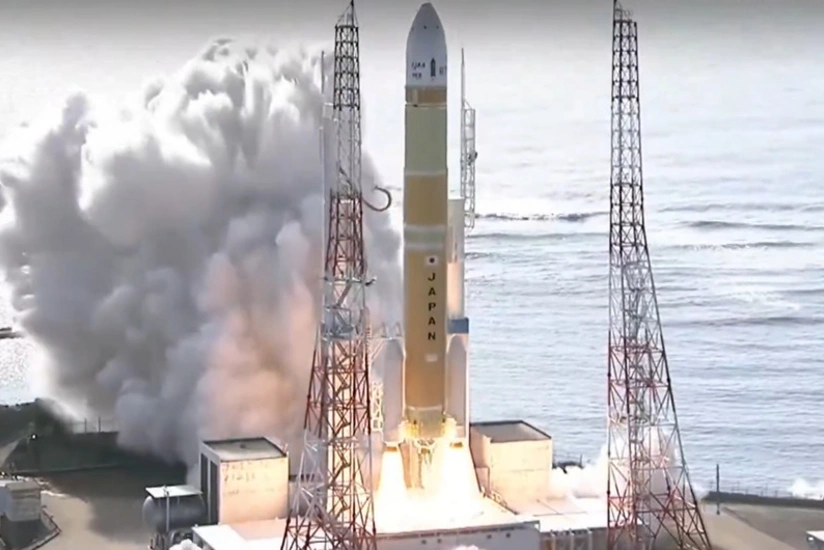JAXA launches new cargo spacecraft to International Space Station
- 26 October, 2025
- 11:44

The Japan Aerospace Exploration Agency (JAXA) successfully launched its new HTV-X1 cargo spacecraft to the International Space Station (ISS) on Sunday morning, Report informs via The Japan Times.
It will be the first time in five years for Japan to send supplies to the ISS.
The unmanned vehicle lifted off for its maiden voyage aboard the seventh H3 rocket from JAXA's Tanegashima Space Center on Tanegashima Island in Kagoshima Prefecture at around 9 a.m. Sunday.
Cheers erupted in the mission control room at 9:15 a.m., when the HTV-X1 successfully separated from the H3 rocket and entered orbit.
Developed by JAXA and Mitsubishi Heavy Industries (MHI), the HTV-X1 is the successor to the HTV Kounotori series that successfully carried out nine resupply missions between 2009 and 2020. The new spacecraft, which cost about ¥35.6 billion ($233 million) to develop, is approximately 8 meters long, weighs 16 metric tons and can carry up to 5.8 tons of cargo. The launch configuration this time around used two additional solid rocket boosters compared with previous H3 rocket launches.
The HTV-X1's pressurized compartment holds nitrogen, oxygen, water supply tanks, food and other consumables for those aboard the ISS, along with equipment to be used to conduct scientific experiments in space.
The vehicle was placed into an elliptical orbit by the H3 rocket and will climb to roughly 400 kilometers to link up with the ISS a couple of days after the launch. The craft will be captured by a robotic arm operated by JAXA astronaut Kimiya Yui, currently on a long-term mission aboard the station.
The original launch was last Tuesday, but was postponed due to poor weather. Two days into the delay, Yui posted on X that he had made a teruteru bōzu, a Japanese doll made of tissue paper that are traditionally hung from a window to wish for good weather.
The HTV-X1 can be berthed on the ISS for up to six months, but is designed to operate independently for as long as 18 months after leaving the ISS, allowing it to serve as a platform for in-orbit experiments and small satellite deployments after completing its resupply duties.
